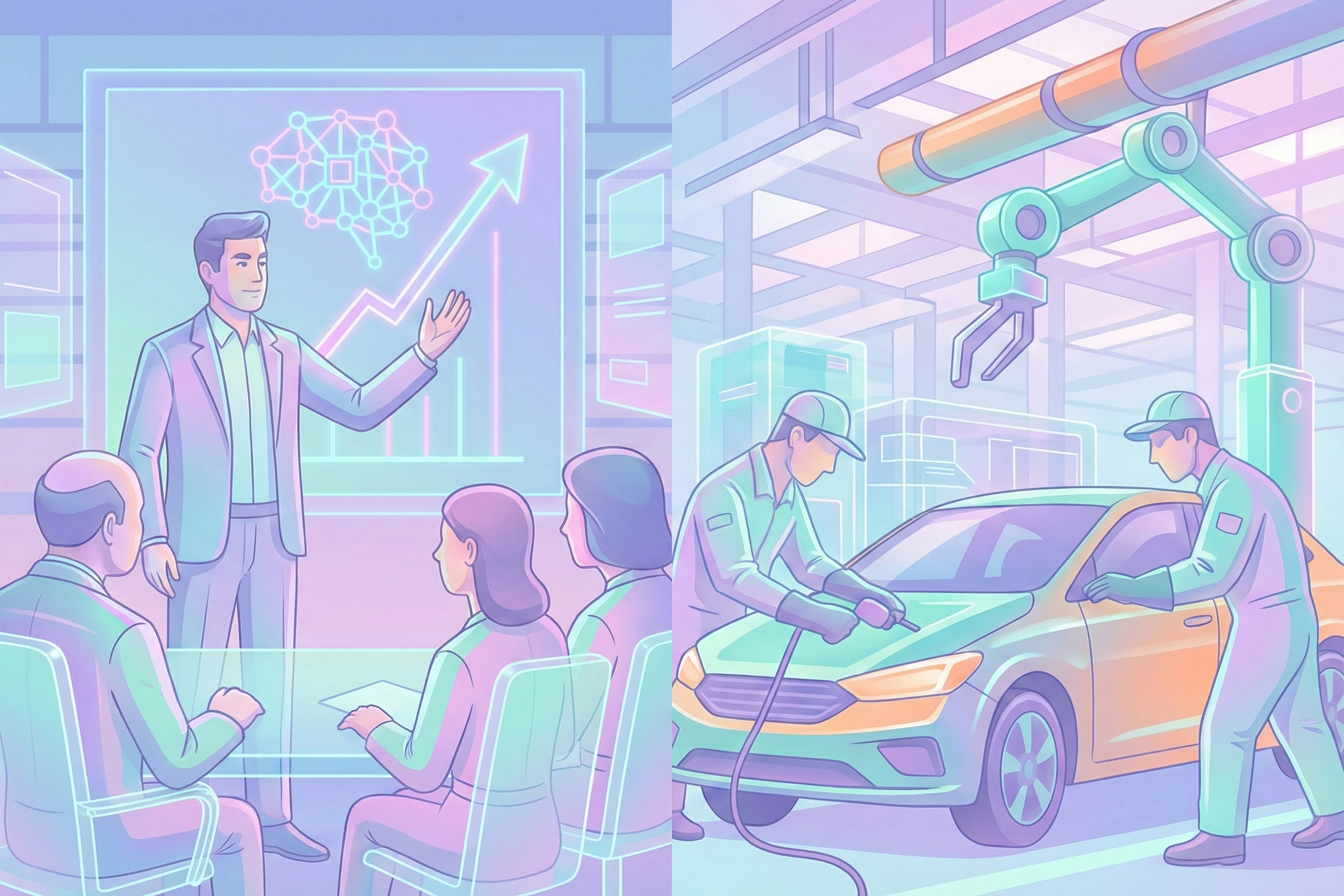
To lead a lifestyle that is compatible with the 1.5 °C climate change target, we have a personal carbon budget of only 2.5 metric ton of CO2 per year. To put this into perspective, the average carbon footprint in Western Europe is more than 10 ton per year per person and a return flight from Amsterdam to New York equals 1.9 ton. While we can hope that technological innovation alone will lead to significant greenhouse gas reductions, i.e. by enabling more sustainable methods of production and distribution of goods and services, the 2.5 ton target will nevertheless require us to change our lifestyles considerably in the near future.
In order to help individual consumers get a grip on their carbon footprint, several initiatives are emerging. Many of these initiatives entail raising awareness and offering feasible alternatives for everyday consumer practices. Platforms such as CO2Logic offer personal carbon footprint calculators, often with tips to “do better”. Seasonal calendars provide information as to which vegetables and fruits are best to consume when and from which country. With the aim of offering alternative travel destinations that do not require flying, Deutsche Bahn has made a promotional video in which exotic vacation pictures are contrasted by equally beautiful destinations that can be reached by train or car.
As we wrote before, to reduce our global carbon footprint, political efforts are necessary along with changing consumer behavior. Policies, such as emissions norms, environmental taxes and subsidies for climate-friendly solutions can help consumers to change their habits as they provide incentives for companies to companies to offer sustainable alternatives to their existing products (although these policies may hurt low-income households disproportionally). Current efforts to raise awareness among consumers can help to inspire them to lead a more sustainable lifestyle and they can contribute to support for more drastic policies in the future.


